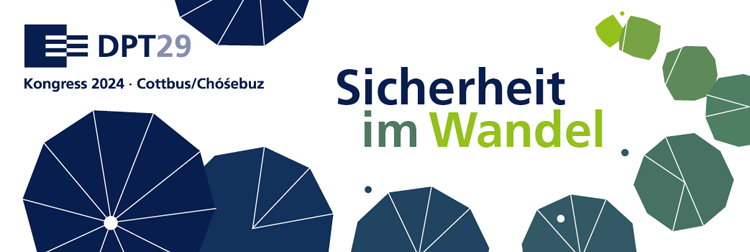Real-life Learning and Digital Content Creation
Christina Foerch Saab
Fighters for Peace
Preventing Violent Extremism in a Digital World needs both approaches – a direct, hands-on approach, working with persons/youth at risk of radicalization as well as a digital response to extremist online content.
One of the key pillars of effective PVE work is the ability of youth and adults to think critically, being able to recognize hate speech and to fact-check (fake) news. A way to learn this is through media and information literacy (MIL). Coupled with this, youth and adults can create their own, positive online content promoting non-violence.
Fighters for Peace (FFP), an NGO working in Lebanon, which was constituted by former combatants, created an online platform with alternative narratives to violent extremism – posting interviews of former combatants on its website and social media outlets. Now, FFP combines three pillars: MIL, testimonies of ex-combatants, and the creation of digital content. Youth learn how to interview former fighters and highlight their stories of positive change. Youth use a mobile phone as camera, edit and post content digitally on social media platforms and on the web, thus experiencing and spreading alternative narratives using interviews with “formers”.
A combination of direct encounters, MIL and digital content creation should be opted for as best practice.
One of the key pillars of effective PVE work is the ability of youth and adults to think critically, being able to recognize hate speech and to fact-check (fake) news. A way to learn this is through media and information literacy (MIL). Coupled with this, youth and adults can create their own, positive online content promoting non-violence.
Fighters for Peace (FFP), an NGO working in Lebanon, which was constituted by former combatants, created an online platform with alternative narratives to violent extremism – posting interviews of former combatants on its website and social media outlets. Now, FFP combines three pillars: MIL, testimonies of ex-combatants, and the creation of digital content. Youth learn how to interview former fighters and highlight their stories of positive change. Youth use a mobile phone as camera, edit and post content digitally on social media platforms and on the web, thus experiencing and spreading alternative narratives using interviews with “formers”.
A combination of direct encounters, MIL and digital content creation should be opted for as best practice.

